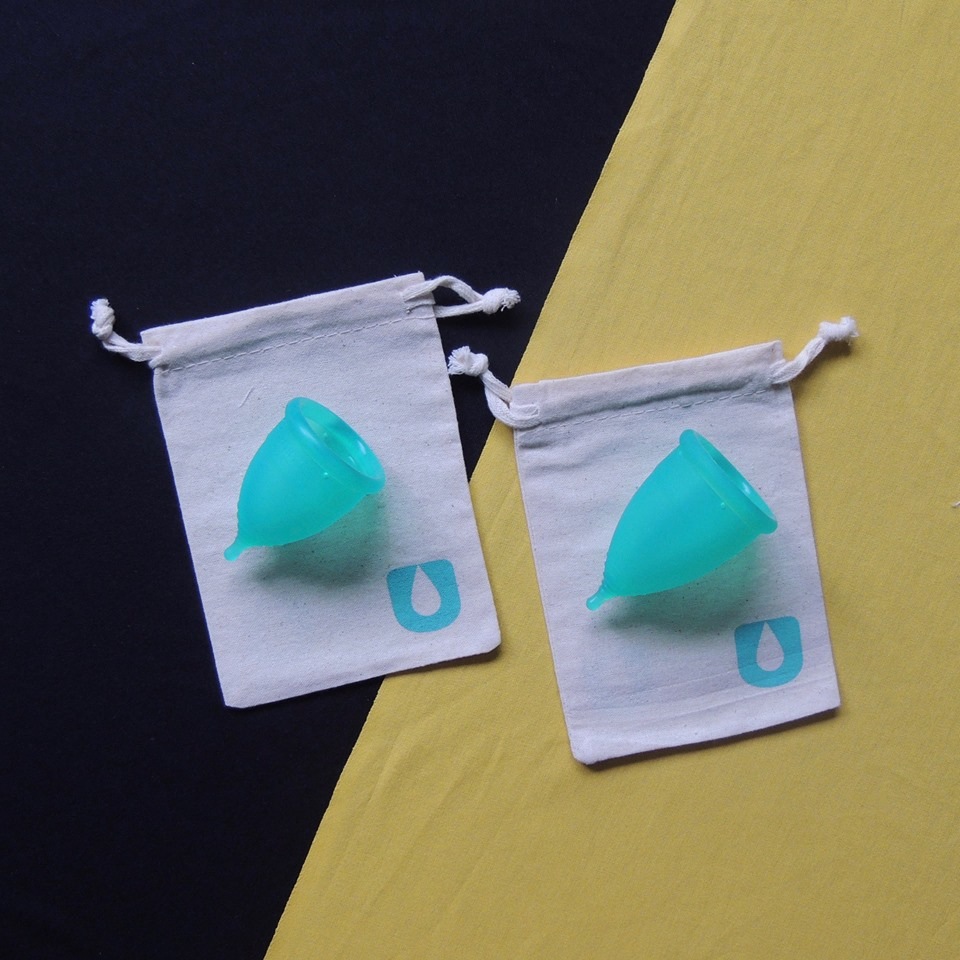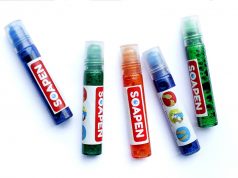
Did you know that many women still use leaves, tree bark, mud, and sand to stem the blood during their period?
These are their alternatives to sanitary napkins and tampons, which are too costly for them to pay for every month.
In 2015, UNICEF and the World Health Organization made a conservative estimate of at least 500 million women and girls worldwide who do not have adequate facilities for menstrual hygiene management.
In the Philippines, the Department of Health reported that only 80 percent of all households had a sanitary toilet as of 2014, a number that went drastically down when considering only the households in the Autonomous Region in Muslim Mindanao – less than 20 percent.
The numbers went down further when looking at households with complete basic sanitation facilities. For the Philippines in 2014, this was at 63 percent. For ARMM, it was seven percent.
As of 2015, USAID said, about seven million Filipinos continued to practice open defecation, and 14.5 percent of Filipino families did not have access to safe water.
Such statistics were what propelled sisters Joanne, Rebecca, and Vanessa Paranjothy to come up with Freedom Cups. These are menstrual cups made of medical-grade silicone which, when folded and inserted into the body, collect menstrual fluid for 10 to 12 hours a day. Each cup lasts for ten to 15 years and, the sisters promise, is leak-free.

They have a buy one, give one business model, benefiting underprivileged women all over Asia, including five communities in the Philippines so far.
“I’ve always considered myself very, very lucky,” Vanessa said at the Forbes Under 30 Summit Asia held Tuesday, July 25, in Parañaque City, when asked about what made the team respond to the issue of menstruation in particular.
She and her sisters are in this year’s Forbes 30 Under 30 Asia list for the social entrepreneurship category.
Born in Singapore, Vanessa was aware of her privilege and wondered how someone who did not have access to sanitary napkins and tampons, water, or a toilet dealt with her period.
She realized that most of the world’s women were confronted with these problems. Menstrual cups were the perfect solution, but were too expensive for poor women who would have to spend more than a month’s worth of income to buy them. So the sisters came up with the buy one, give one business model to bridge the gap.
There was also a teen from Nepal who went to a boarding school. With boys around, she was shy to try her cloth out in the open, so her parents, who were farmers and were already taking loans to send her to school, had an extra expense—her sanitary napkins.
Another woman from the Philippines worked in a sugarcane plantation, where there were no toilets. She did not have enough sanitary napkins to get her through a day at work, so she would miss a week of work every month.
“For most of us in the room, we miss a week of work, we would still have income, we would still have food on the table. But for her it means no income for that week, and no food on the table for her family,” Rebecca told the audience, which was composed mostly of young entrepreneurs and innovators from Asia.
There was also the woman from Singapore who enjoyed doing marathons, so she would take pills to delay her period so it would not inconvenience her on race day. More than the hassle, however, was the waste she would generate over her fertile life—thousands of non-biodegradable sanitary napkins or tampons.
“My great-grandmother’s pads or tampons are still lying in a landfill somewhere,” Rebecca added. She said they wanted to address these two problems: the sheer number of women who did not have access to any form of sanitation during their periods, and for those who did, “experience leaks, stains, discomfort, decreased mobility, high expenses, and produce a ton of non-biodegradable waste.”
Working with some 2,000 women led to some interesting conclusions.
For one, it was harder to convince women in the first world to use Freedom Cups because they had access to sanitary napkins and tampons. Women in the third world who had no access were more practical, and, of course, chose the menstrual cup over leaves, bark, or sand.
Acceptance could also have something to do with religion. The team found that Muslims in Malaysia and Singapore were the most receptive to menstrual cups as compared to their Catholic counterparts in the Philippines and Buddhist counterparts in Cambodia.
A student in Kuala Lumpur offered this theory, during a talk the sisters did in a university: the Koran says one must be very careful about where he or she leaves parts of himself or herself. So Muslim women would wash their sanitary napkins and tampons before throwing them away. With a menstrual cup, they can just throw the contents out, wash the menstrual cup, then reinsert it.
Vanessa recalled how, in the Philippines, the village chiefs told them, “No, no, you only give it to the women who are married, women who are not virgins.” While in Cambodia, the women were “super scared” of inserting the menstrual cups, even those who had already bore a number of children.
Vanessa was nevertheless glad to report that after doing 12 projects in the Philippines, Cambodia, Nepal, Malaysia, India, and Singapore, the women who had been using the cups were able to stay in school and at work during their periods. The women who already had jobs saw an increase in their household income, and reported lower incidences of infections.
There was also “an overall increase in the standard of living,” Vanessa said.
The team were constantly on the lookout for more communities to partner with, even as they invited like-minded individuals to help out.
“Humankind in the last couple of decades has made some huge strides. We’ve put men on the moon… but we still have 70 percent of women who are bleeding out into leaves and you know, really unsanitary things,” Vanessa said. “I think that at this point, it’s really the time that we start talking about periods and we have the technology. We just need the will at this point to really make periods a problem of the past.”
To learn more about Freedom Cups, go to their website, www.freedomcups.org.




